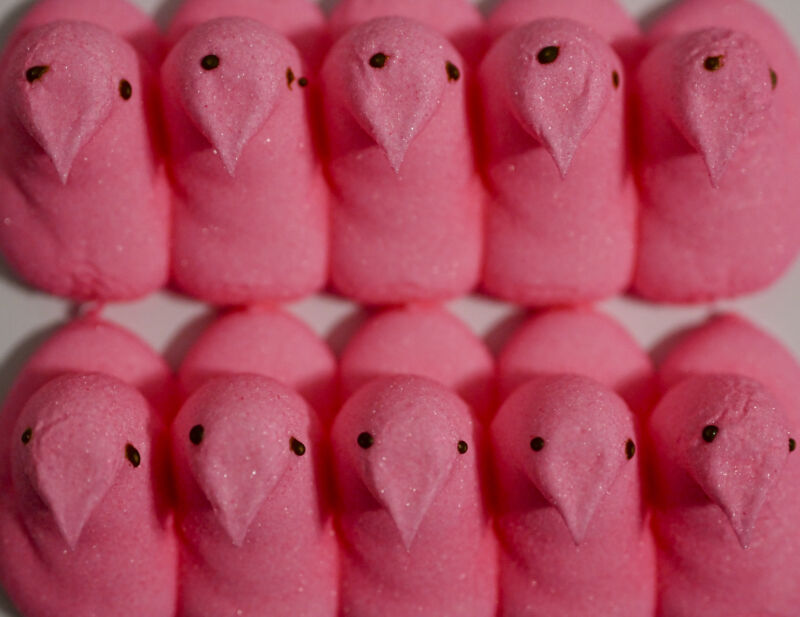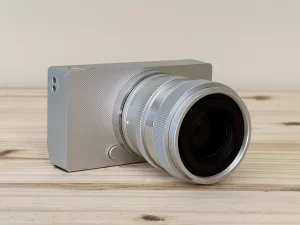Common red food dye banned in Calif.—30 years after FDA found cancer risk in rats

Enlarge / The famous Easter candy Peeps, made by Just Born Quality Confections, are displayed on April 7, 2023 in New York, US. Consumer Reports announced in a recent press release that it had contacted Just Born Quality Confections earlier this year about concerns over the company’s use of red dye No. 3 in the Peeps candies, which has been found to cause cancer in animals. (credit: Getty | Fatih Aktas)
Last weekend, California outlawed a common red food dye that is otherwise deemed safe by the Food and Drug Administration—the first such ban in the country and one that puzzlingly comes over three decades after the FDA determined the dye causes cancer in rats and banned it from lipsticks and other cosmetics, but not foods.
The dye is FD&C Red No. 3, also known as red dye No. 3. Today, it is found in thousands of food products—from Brach’s Candy Corn and varieties of Nerds, Peeps, Pez, candy canes, Fruit by the Foot, to Entenmann’s Little Bites Mini Muffins, Betty Crocker mashed potatoes, fruit cocktail, PediaSure nutritional shakes, and MorningStar Farm’s veggie bacon strips.
But, back in 1990, the FDA carefully reviewed decades’ worth of animal studies on red dye No. 3 and determined that “FD&C Red No. 3 has been shown to induce cancer in appropriate tests,” and is therefore “unsafe for use in externally applied drugs and externally applied cosmetics and cannot be listed.” Even though the risk appeared small, the agency’s decision hinged on the Delaney Clause of 1958, which requires the FDA to ban any food additive that is shown to induce cancer in humans or animals.



